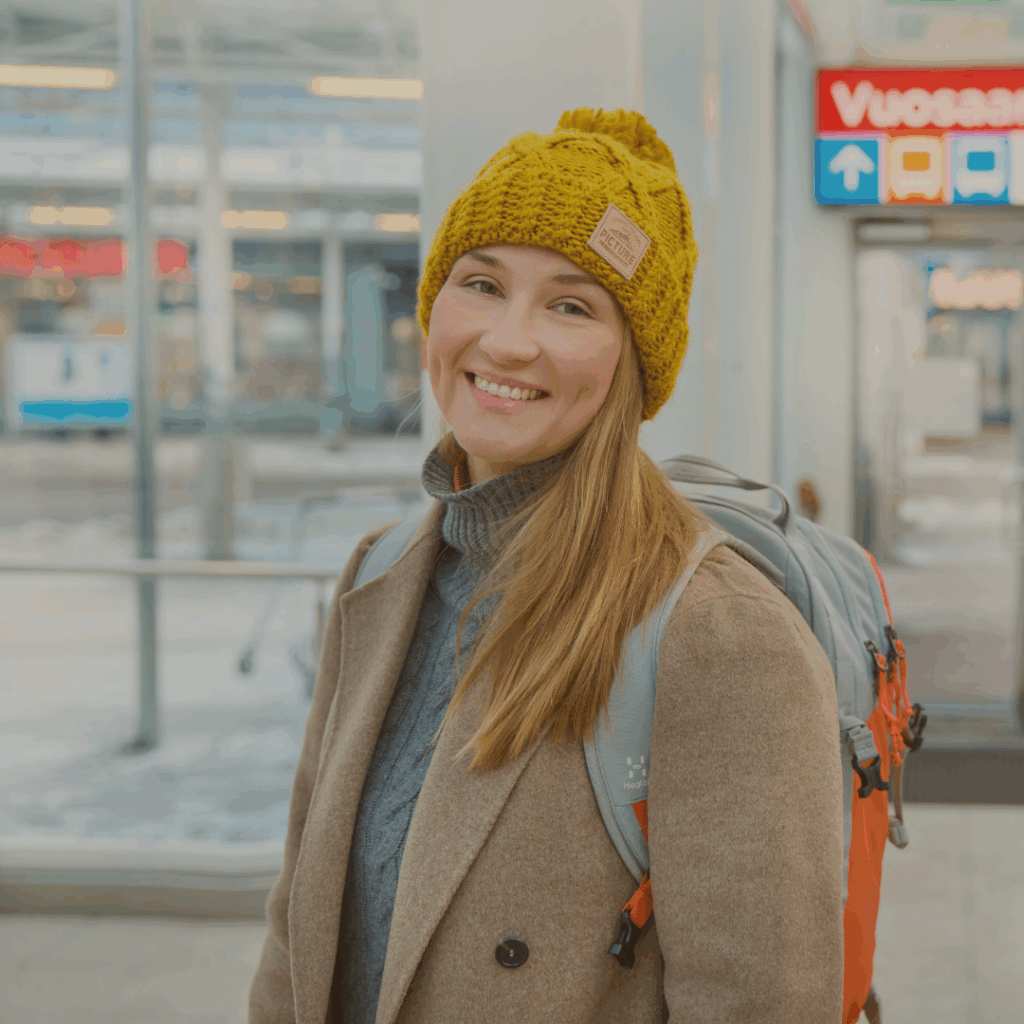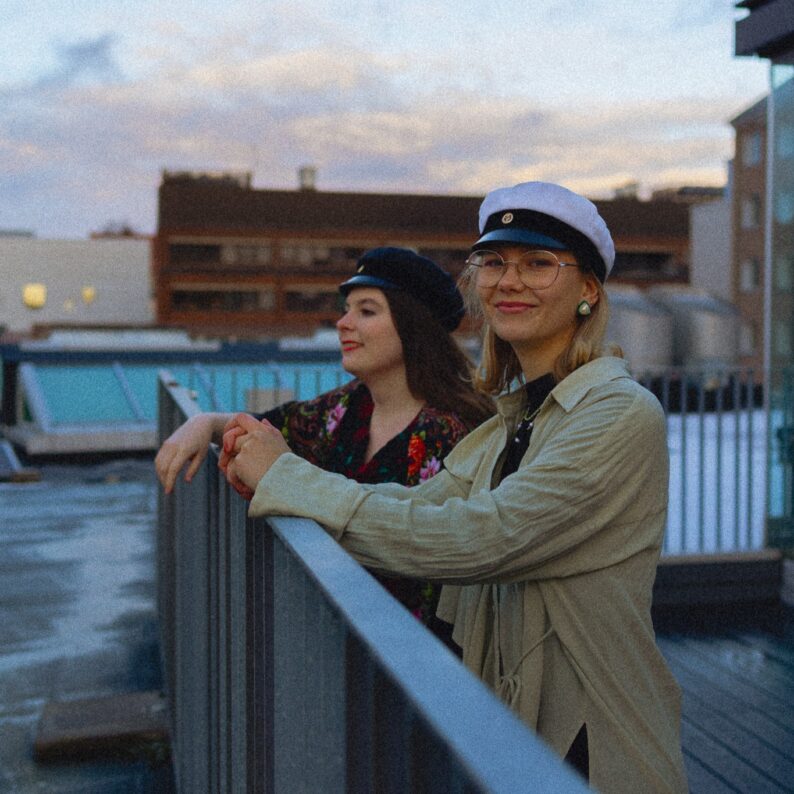


Health and wellbeing are cultivated outside social and healthcare services too
BLOG
We often connect health and wellbeing to social and healthcare services and their accessibility. It is true that social and healthcare services have a major impact on people’s health, but they are not the only factor behind it. Health is also cultivated elsewhere: in everyday life, at school, in higher education institutions and in working life.
Wellbeing stems from daily choices and environments that support our health. Social and healthcare services may treat illnesses, but health is created and retained when our everyday life facilitates physical activity, rest, social interaction and meaningful activities.
Physical inactivity is a growing threat to public health
Physical activity is a key part of holistic health and wellbeing. Physical activity does not refer only to intensive training and working out at the gym – it covers different ways of moving one’s body at different intensities throughout the day.
Nowadays, we transition from one passive stage of life to another: we sit at school, while studying and at work. After all the time spent in front of a screen during studies and work, we also spend our free time in front of one. Constant physical inactivity is a major threat to public health, and every single person, institution and organisation should wake up to this.
More physical activity to people’s daily lives through value co-creation
There is a lot of talk about students’ wellbeing – and for good reason. Students are under a lot of strain during their studies. The hectic nature, stress and constantly increasing demands of student life take their toll on students’ wellbeing.
Physical activity supports individuals’ health and provides them with resilience to make it through challenging times. Sports has also been proven to improve mental health. It is thus clear that physical activity should be promoted in higher education institutions.
However, promoting physical activity is not the responsibility of any single party alone. It requires broad cooperation between higher education institutions, health care, service providers, public authorities, student organisations and unions. We can only ensure that students have a genuine desire, opportunity and skills to make physical activity a part of their everyday life through cooperation.
This desire, opportunity and skills are not formed through individual measures someone takes but a complex whole in which opportunities and motivation go hand in hand. Mere sports facilities or services will not get anyone to act if they do not have the motivation. And vice versa: motivation alone does not ensure physical activity if there are no realistic opportunities to add it to one’s daily routines.
We need both an environment that makes physical activity a natural part of students’ day as well as a community that encourages, motivates and sets an example. When knowledge, motivation and concrete opportunities combine, physical activity may genuinely take root as part of student culture and thus reinforce the entire community’s wellbeing.
Instead of being a period during which health and wellbeing are neglected, higher education studies should be a stage that provides support for them. Studying should be about making people stronger, not burning them out. Healthy students learn better, have more energy and grow into people who help build society and advance the welfare society.



